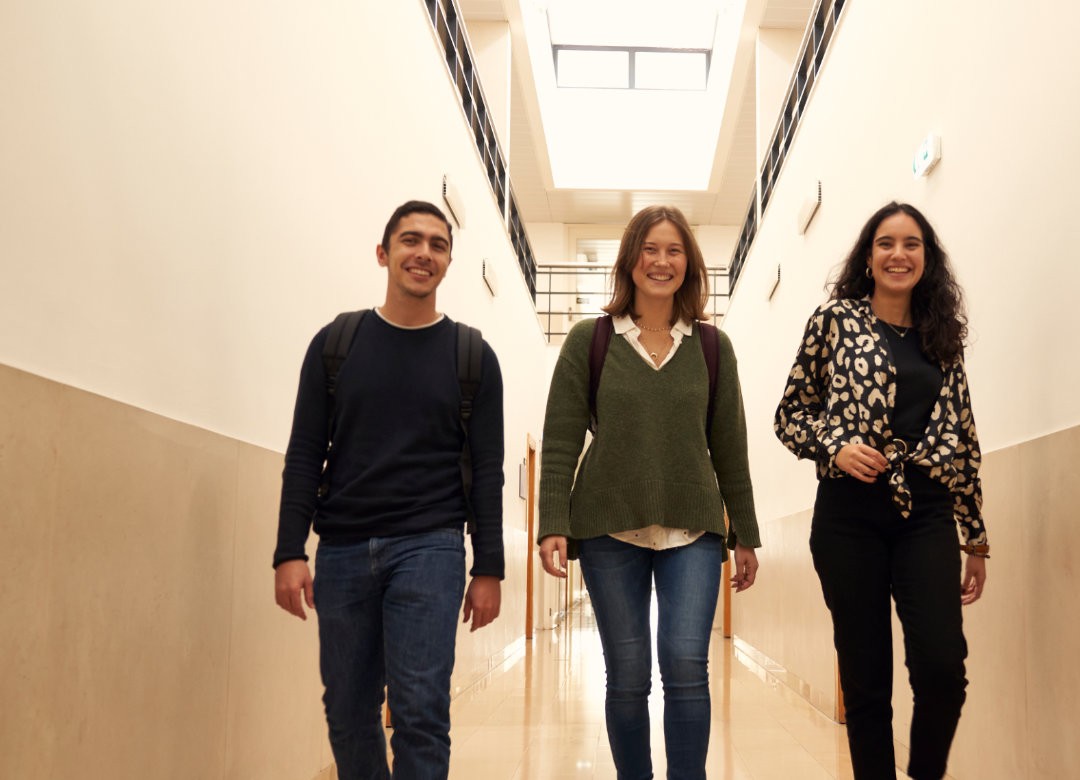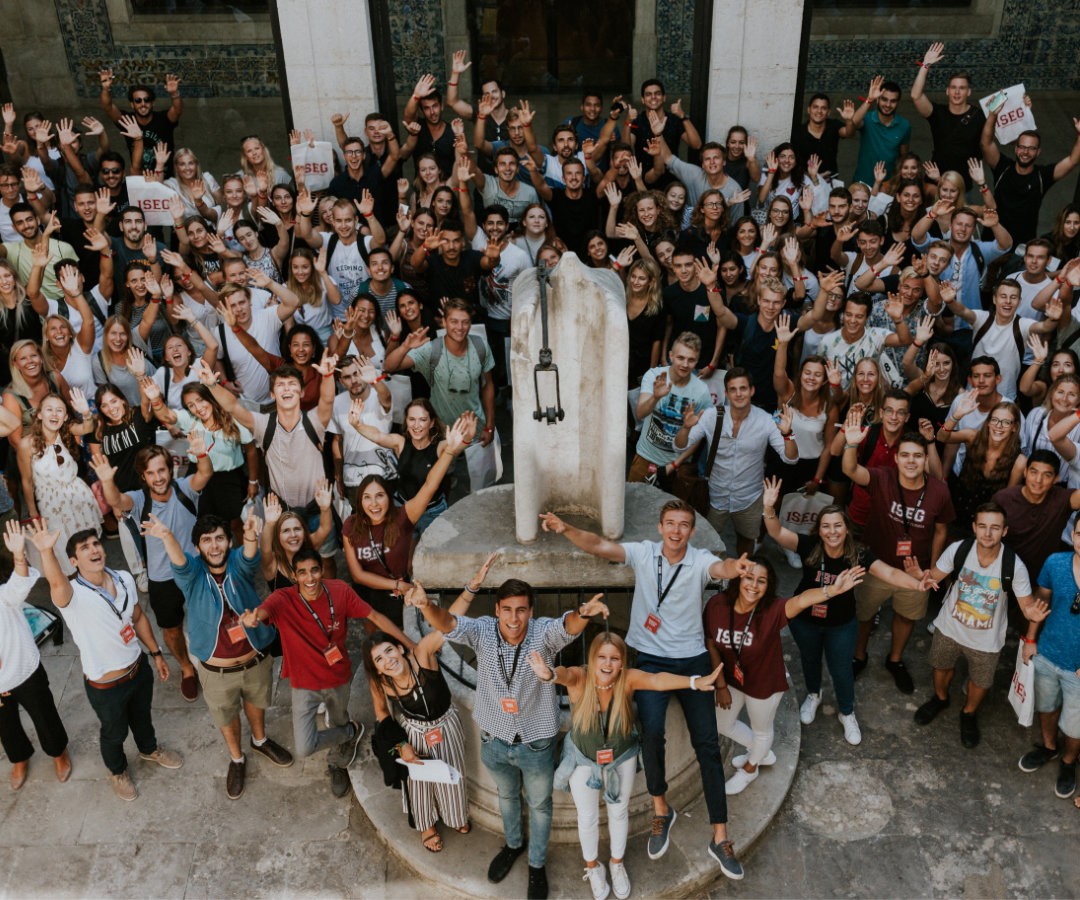Aluno: Leonor PatrÍcio Van Olffen
Resumo
Recently, there has been a growing recognition of the importance of humor in
organizational setting, where it may potentially enhance management effectiveness. This
study aims to analyse the impact of employees’ perceptions regarding their leader’s sense
of humor on two relevant organizational variables: communication openness, and
employee work engagement. The study follows a multidimensional conceptualization of
humor, including four dimensions: humor production and social uses of humor, coping/
adaptive humor, appreciation of humor, and attitudes towards humor.
Trough an online questionnaire survey, a sample of 170 individuals was gathered. The
results suggest that in general, respondents have a positive perception towards their
leader’s sense of humor, believe they have an open communication environment, and feel
engaged in their work. However, significant differences were found within the sample for
work engagement. Participants who are younger, single, do not have a permanent
contract, are in the organization for less than a year, and do not have a managerial role,
have significantly lower means. Significant differences are also found in the dimension
of attitudes towards humor, where individuals with a level of education up to the 12th year
present a significantly lower mean.
Using the Structural Equations Modelling, the results indicate the existence of a
positive association between the perception of leader’s sense of humor and
communication openness, as well as between that perception and work engagement.
Communication openness is also positively associated with work engagement and plays
a mediating role between leader’s sense of humor and work engagement. However, in all
relationships under study, only one dimension of sense of humor - humor production and
social uses of humor - entailed significant associations. Nevertheless, the proposed model
research allows to explain 25,1% of the variance for work engagement and 14% of the
variance for communication openness.
Trabalho final de Mestrado








